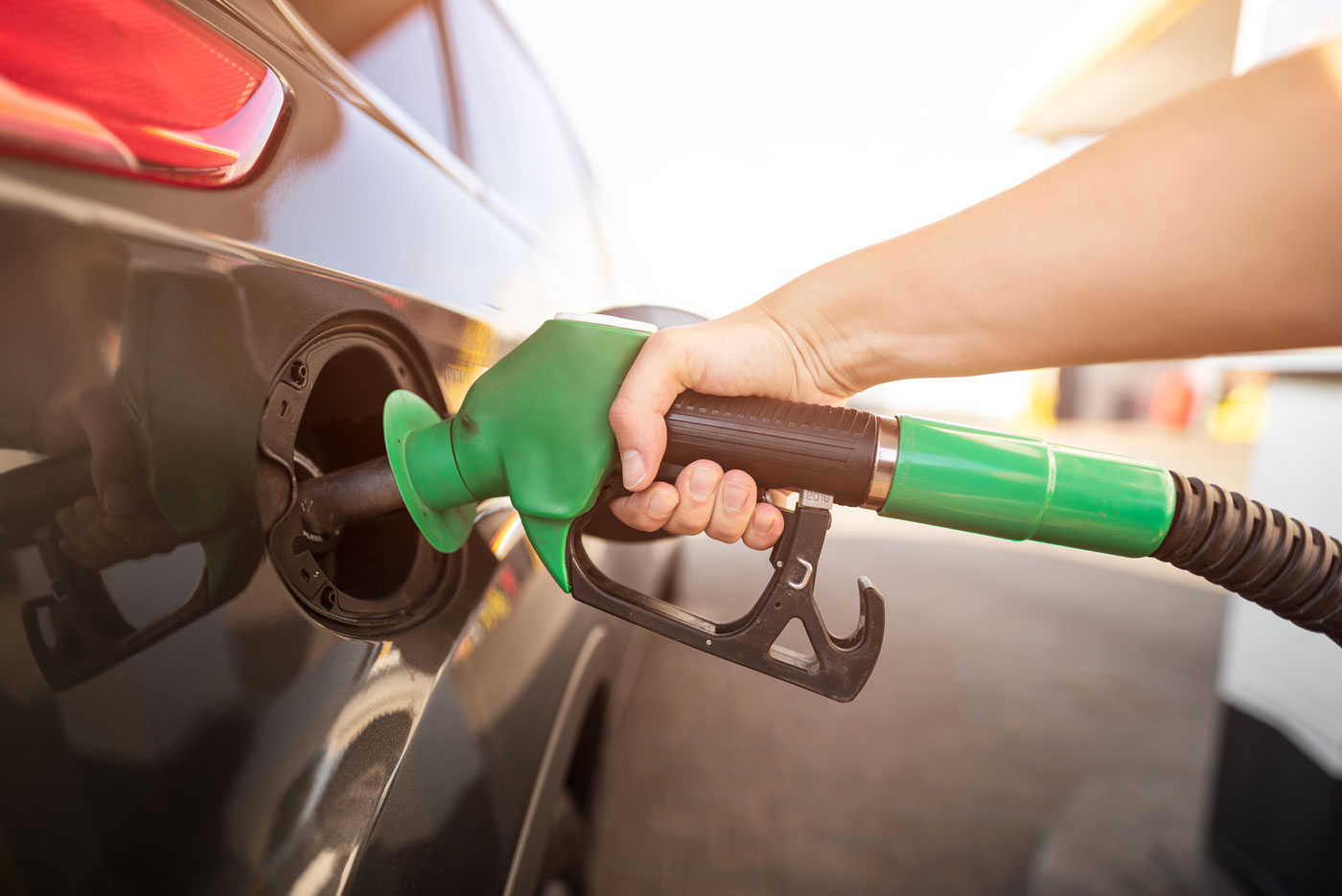Everything You Should Know About Diagnosing An Electric Fuel Pump Filter
Virtually all modern vehicles with internal combustion engines come equipped with fuel pumps. The fuel pump is responsible for delivering fuel from the gas tank to the engine at the appropriate pressure required for performance demands. When the key is turned on, the fuel pump is activated and pressurized, which can be heard as a quiet whine or hum in some cars. The fuel pumps on most modern vehicles are electric and mounted in the fuel tank. However, some vehicles are equipped with inline or mechanical-style fuel pumps. Because the fuel pump is the component responsible for supplying the engine with the fuel required for it to run, any issues with it can cause major drivability and performance problems. Here’s how you can diagnose your Electric Fuel Pump filter:
Whack the fuel tank
Have an assistant crank the engine while you hit the fuel tank with a rubber mallet. If the vehicle starts during this procedure, it’s a pretty clear sign the electric motor inside the pump is bad. Whacking the tank bumps the engine enough to get things moving – however just for a short time.
Use starter fluid
Be warned: this procedure can cause personal injury, as well as damage to your engine. Try it at your own risk with the proper safety equipment, such as a fire extinguisher, on hand. Definitely wear your safety glasses. Do not use starter fluid on a diesel engine. In the event that you choose to do the test, attempt to start the vehicle by eliminating the air intake and splashing starter fluid into the throttle body. Have an assistant crank the engine while you spray – if it starts and runs momentarily, the problem is fuel-related and may indicate a bad pump. You’ll want to check fuel pressure as your next step.
Check fuel volume
A pump may produce adequate pressure yet not create enough volume. And that’s where a fuel pump volume test comes in handy. In many cases, you can use a fuel pressure gauge to measure volume as well.
Start by connecting the gauge and placing the bleed end of its hose into a clean container. Without starting the engine, activate the pump for 15 seconds while you hold down the relief valve on the tool. Generally, the pump ought to convey about 16 ounces of fuel during that time. Consult the repair data for the specific technique and particulars for your vehicle.
Cleaning An Electric Fuel Pump
Locate fuel pump in the fuel tank
First, you need to figure out where exactly is the fuel pump filter is located in your vehicle. Usually electric filters are either located inside or close to the tank or at the back of the car - it depends on the manufacturer and model of the car.
Disconnect battery first
This is very important, first you need to disconnect the battery before you start the cleaning procedure because as it is an electric pump, any small spark can ignite the fuel.
Block the fuel pipes to avoid fuel gushing
As you have disconnected the battery, you need to stop fuel from gushing out of the disconnected fuel pipes. For blocking the fuel pipes you can either insert an old pencil, thin cocks or rubber bungs or something that is handy and can fit your fuel pipes.
Remove and clean all filters with petrol
Make sure all filters are cleaned by washing them with fresh petrol. Always use fresh petrol when cleaning the filters. Appropriately clean the filters; ensure there is no dirt or other substances.
Clean inside of the filter with clean rag
Now that you have washed the filters with petrol, don't leave the filters drenched in petrol. Get a clean lint-free rag and wipe off the inside of the pump.
Check sealing gaskets
When cleaning the filters, check for the sealing gaskets and make sure they are in a good condition. If they are not in a good condition, replace them. Damaged gaskets would result in fuel leakage during its functioning.
Fix it back
Once you are done with the cleaning of filters, fix them back to their original position with the screws provided. Make sure you don't over tighten the screws of the cover.
In order to know how to test the fuel pump, you should know the key signs of a failing fuel pump and how to diagnose a failing fuel pump in your car. If your car jerks or sputters at high speeds, you might be experiencing fuel pump failure since the car can’t deliver a smooth flow of fuel to the engine. In addition, your fuel pump could be damaged or not working correctly if you lose power when accelerating. By following the mentioned steps above, you now have a clear idea on how you can properly diagnose your Electric Fuel Pump filter.

